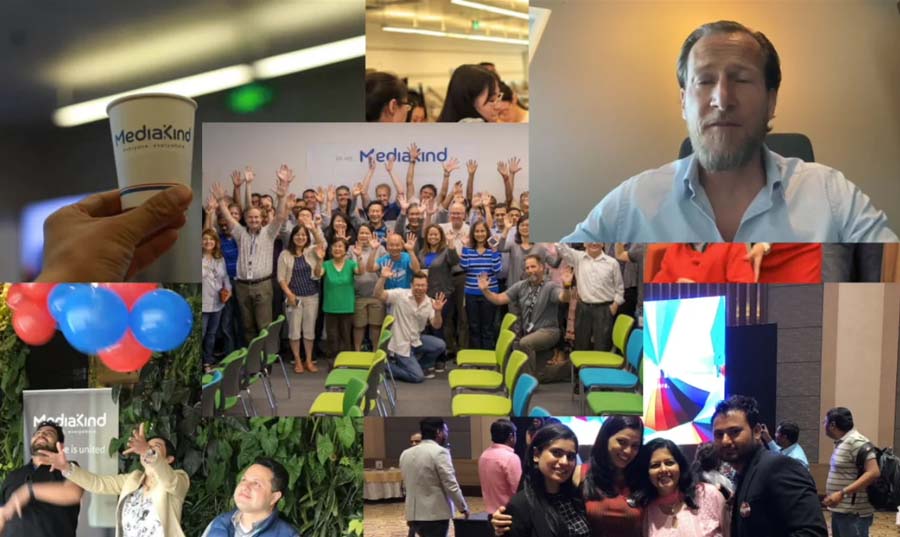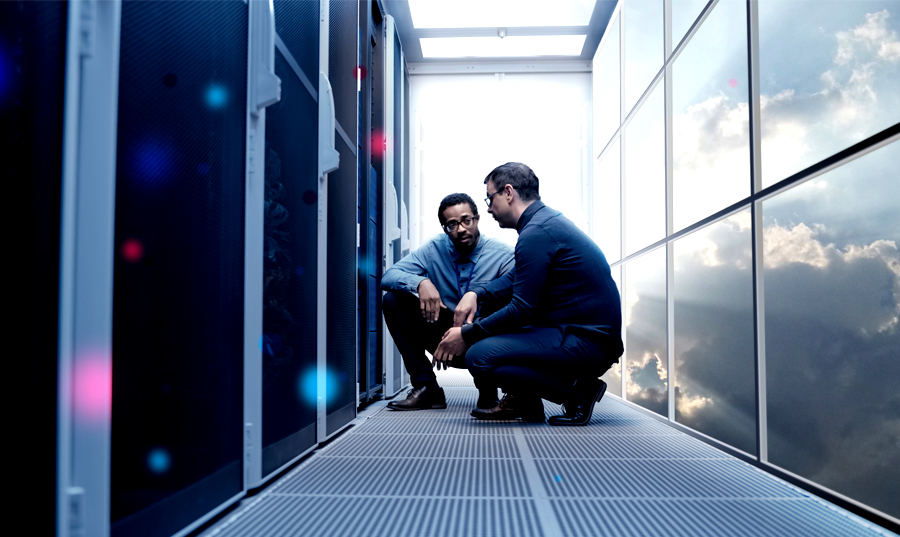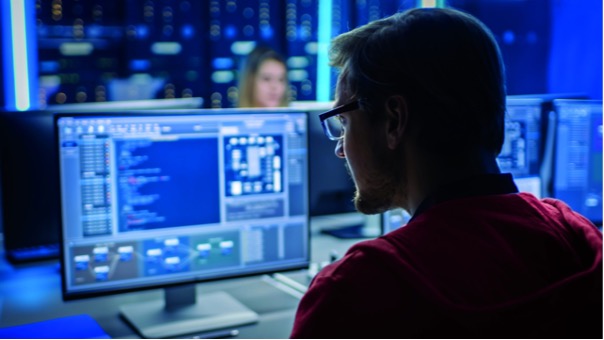Time has gone incredibly quickly since I joined MediaKind last fall! What I’ve discovered is a powerful, agile, start-up-style environment with stable foundations. I realize that sounds quite odd, but it’s a wonderful cultural mix. I love that people work, think, plan and socialize together, even in these strangest times. You don’t often find that collegiate approach and camaraderie, particularly from set-ups that evolve from large organizations.
Bringing leadership and career experiences to MediaKind
At the heart of any great team-culture is leadership. Having worked previously with Matt McConnell at Comcast, I know just how open and inspiring a personality he is and how powerful his influence can be. Any company he joins will never fail; he is a winner every single time. Matt and the executive leadership team are a great bunch of people who have relentless energy and will grow this organization into something even bigger and stronger than it is today.
One of my biggest motivations for joining MediaKind has been the opportunity to share my own professional experiences, build a team and bring people together. I’ve spent much of my career on the operator side of businesses, including Time Warner and Comcast. Then, I had a stint with NASCAR, which I continue to maintain involvement through my board position with a couple of race teams. These have all proven invaluable and provided unique perspectives; today, I can take my experiences as a customer to help MediaKind sales teams figure out how to sell to our customers.
Richard Branson once said: “If someone offers you an amazing opportunity, but you’re not sure you can do it, say yes – then learn how to do it later.” I feel this is how I’ve spent the majority of my career. I started at a relatively junior level at Time Warner at a time when the high-speed internet side of the business was brand new. I didn’t have any technology background at all. However, I was surrounded by really smart people, which helped me learn about that technology. So that’s how I became such a strong negotiator.
The strength of the MediaKind team
Although my technology knowledge is considerably more in-depth, the obvious parallel that I identify from my past and current teams is smart people. MediaKind prides itself on its pioneering heritage and technology innovation. We are currently playing an instrumental role in the media industry’s journey from pure hardware to a software-centric model.
A lot has to happen to enable this process; the balance between supporting and maintaining current product stability must stay hand-in-hand with our continual desire to figure out, design, and innovate new cutting-edge technology. I think it’s sometimes too easy to overlook the effort that goes into making the sum of all those parts happen. Being surrounded by smart people goes a long way to achieving success.
Enabling the rise of the D2C sports market
One of the areas that is really interesting right now is the D2C sports space, which represents an enormous opportunity for sports leagues and federations worldwide. OTT offers sports rights-holders opportunities the broadcast world has struggled to find new ways to engage with fans. That’s ultimately how you monetize the process of broadcasting sport – through engagement. The MediaKind team is enabling leagues, confederations, and associations to have the power to put the fan back in control of their experience – letting them choose how they watch their favorite team or sport.
If you think about sports today and why it is an industry that survives and thrives, particularly in this COVID climate, it’s because broadcasters pay enormous sums to broadcast to their subscribers. How do you change that model? For me, the clue lies in the generational shifts taking place. If I switch on the TV, I look through the channels I want to watch. My nieces and nephews would rather look at YouTube or Netflix on TV. In other words, they go directly to the internet part of the traditional offering.
For me, the future reality of D2C in sports is much more of a regulatory and political question around broadcast and content rules than a question of technical capability. The sports D2C model will become increasingly dominant in the next five years, and it’s inspiring to be part of a team that can help support that.
Adapting to remote work through MediaKindness
One notable difference to life at MediaKind over my previous experiences has been remote working. It is quite remarkable how we have all adapted. It’s almost unthinkable that the traditional elements of my team’s day-to-day activities– supply chain, order management, invoicing – could happen in multiple, disparate spaces. If I think back through my career, I remember one company procurement team requesting a work-from-home day for one Friday a month – and the reply was that this would and could not ever happen!
The world is a very different place now, of course. People have a greater appreciation of remote work, especially when the lines between family and work life are more blurred than ever. Indeed, I have seen quick, positive changes in my teams at MediaKind even in the five months I’ve been here. It is incredible how quickly our people have adapted to the circumstances around them. It’s something my colleague Dave Medrano, Chief People Officer, captured brilliantly in his blog on our ‘MediaKindness’ initiatives.
From a personal perspective, I am very much looking forward to meeting my fellow Executive Leadership team members for the first time in the same physical space in just a few weeks! I hope the global conditions will be such that I will do the same with our other teams across our other offices worldwide in the not-too-distant future.



